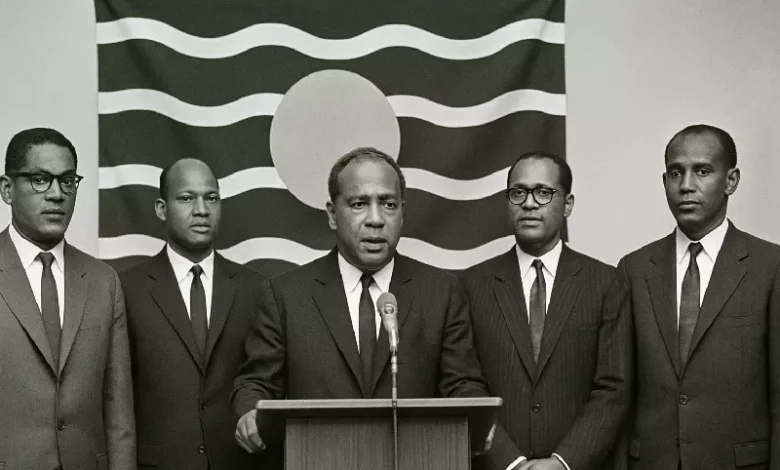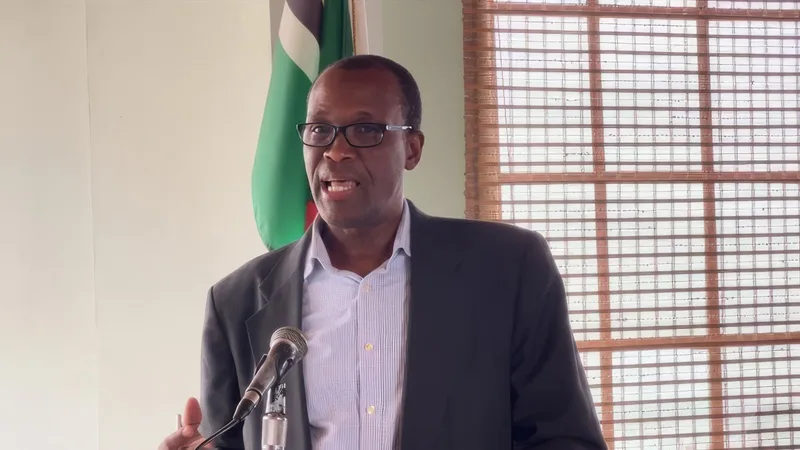West Indies Federation

The West Indies Federation was a short-lived political union of British Caribbean colonies that aimed to create a single independent nation. Established in 1958 and dissolved in 1962, the Federation included Dominica, along with other territories, and served as a critical experiment in regional unity and decolonization in the Caribbean.
Formation and Purpose of the West Indies Federation
The West Indies Federation was formed on January 3, 1958, under the British Caribbean Federation Act of 1956. Its primary goals were to:
- Promote political unity among British Caribbean colonies.
- Achieve economic cooperation and stronger regional markets.
- Lay the groundwork for complete independence as a single state from Britain.
The Federation brought together ten territories: Antigua and Barbuda, Barbados, Dominica, Grenada, Jamaica, Montserrat, Saint Kitts and Nevis, Saint Lucia, Saint Vincent, and Trinidad and Tobago.
Dominica played a significant role in the early discussions and sent elected representatives to the Federal Parliament located in Trinidad.
Structure and Governance of the Federation
The West Indies Federation had a federal structure similar to Canada’s or Australia’s, with:
- A Federal Parliament is composed of a Senate and a House of Representatives.
- A Governor-General representing the British Crown.
- A Prime Minister as head of the Federal Government.
- Territorial governments retain significant powers over local affairs.
The Government of Dominica, during this time, remained responsible for local issues but was represented in the larger federal structure, seeking broader Caribbean interests.
Dominica’s Role in the West Indies Federation
Dominica, as one of the smaller territories, hoped to benefit from:
- Greater economic integration across the region.
- Increased political influence through collective action.
- Strengthened trade ties that could support agricultural exports, especially bananas.
Dominican representatives, such as Frank Baron, who later became the island’s first Chief Minister, advocated for policies that protected the interests of smaller islands within the Federation.
However, many in Dominica also expressed concern that larger territories, such as Jamaica and Trinidad and Tobago, might overshadow the island’s specific development needs.
Challenges and Reasons for Collapse
Despite its ambitious vision, the West Indies Federation faced multiple obstacles:
Internal Divisions
The Federation struggled with deep-rooted rivalries among territories. Larger islands like Jamaica and Trinidad resented the financial burden of supporting smaller economies, while islands like Dominica feared marginalisation.
Economic Weakness
The Federation lacked a strong, unified economy. Disparities in development and dependence on Britain for financial support created tension and hindered cooperation.
Lack of Federal Power
The Federal Government had limited authority over critical areas, such as taxation and external trade. Territorial governments retained too much autonomy, weakening the Federation’s cohesion.
Jamaica’s Withdrawal
In 1961, Jamaica held a referendum and voted to leave the Federation. Trinidad and Tobago followed, effectively leading to the collapse of the union in 1962.
For Dominica, the dissolution meant the end of hopes for regional independence through a united Caribbean state.
Impact and Legacy of the Federation on Dominica
Although the Federation failed, it left a lasting impact on Dominica:
- Strengthened the movement toward self-governance, culminating in becoming an Associated State of the United Kingdom under the West Indies Act of 1967.
- Inspired regional cooperation efforts, later seen in organisations like CARICOM and the Organisation of Eastern Caribbean States (OECS).
- Fostered a deeper sense of national identity as Dominica pursued its independent path, eventually achieving full sovereignty on November 3, 1978.
The ideals of economic collaboration and political unity promoted by the Federation continue to influence Caribbean integration efforts today.




